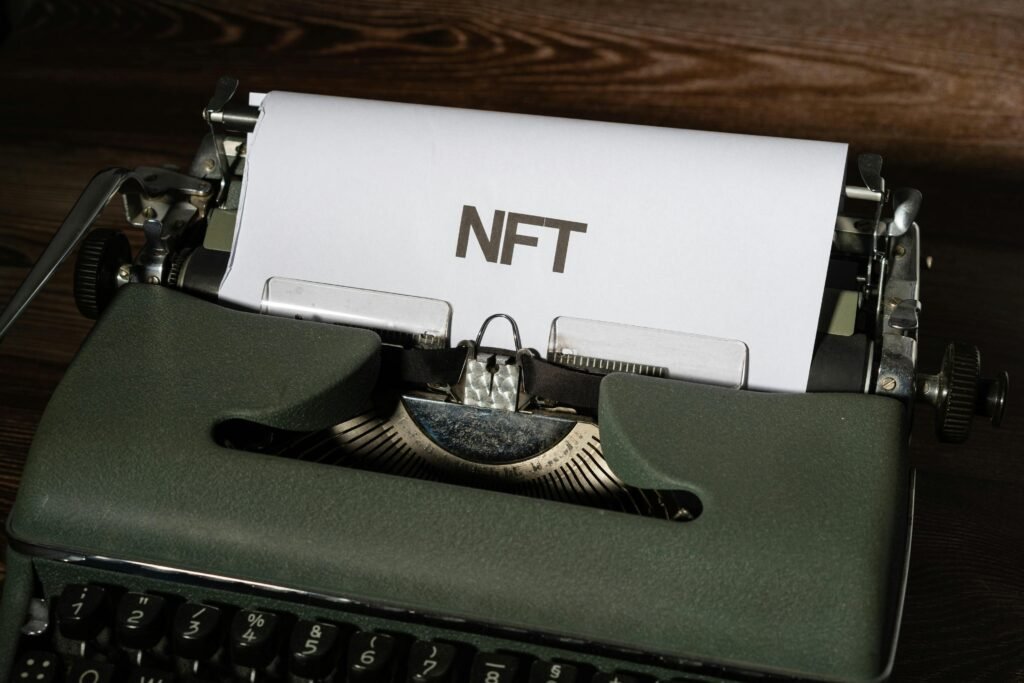Understanding NFTs: Revolutionizing Digital Ownership
Non-Fungible Tokens (NFTs) have swiftly emerged as a revolutionary force in the art and entertainment industries, redefining the concept of ownership and the monetization of digital content. Unlike traditional cryptocurrencies such as Bitcoin or Ethereum, which are interchangeable and hold identical value, NFTs are unique digital assets tied to specific pieces of content. This uniqueness is made possible through blockchain technology, ensuring authenticity and provenance.
How NFTs Work
At its core, an NFT functions as a digital certificate of ownership, stored securely on a blockchain—a decentralized ledger system. Each NFT is equipped with metadata that details its origin, creator, and transaction history, ensuring transparency and traceability. This feature is crucial in validating the genuineness of digital artworks and creations, mitigating issues related to piracy and intellectual property rights.
Impact on Artists and Creators
Empowering Artists through New Revenue Streams
NFTs have unlocked unprecedented opportunities for artists to monetize their creations directly, bypassing traditional intermediaries such as galleries or agents. By minting their artworks as NFTs, artists can earn royalties on secondary sales, ensuring a continuous stream of income as their work gains value over time. This democratization of the art market enables emerging artists to reach global audiences without geographical constraints, fostering a more inclusive and diverse artistic community.
Redefining Digital Art and Collectibles
The concept of digital art has been revitalized by NFTs, bridging the gap between physical and digital mediums. Artists can now create, tokenize, and sell their digital artworks as NFTs, attracting collectors who value scarce and unique digital assets. This paradigm shift challenges traditional notions of art ownership and consumption, paving the way for a new era of digital collectibles and virtual galleries.
Transforming the Entertainment Landscape
Enhancing Fan Engagement and Ownership
Beyond art, NFTs are reshaping the entertainment industry by offering fans exclusive access and ownership rights to digital memorabilia, music albums, videos, and virtual experiences. Through tokenization, artists, musicians, and content creators can engage directly with their audiences, offering limited edition NFTs that commemorate milestones or special events. This direct interaction not only strengthens fan loyalty but also creates new revenue streams for entertainers in an increasingly digital world.
Innovating Copyright and Licensing Models
NFTs introduce novel approaches to managing copyright and licensing in the entertainment sector, enabling creators to enforce rights and receive royalties automatically through smart contracts. This automation simplifies licensing processes and ensures that creators are fairly compensated for the use of their work, whether in films, music, or virtual reality experiences.
Challenges and Future Outlook
Addressing Environmental Concerns
While NFTs offer significant advantages, concerns regarding their environmental impact due to blockchain’s energy consumption have been raised. Innovations in blockchain technology are underway to mitigate these challenges, focusing on sustainability and scalability without compromising security or decentralization.
Regulatory Landscape and Consumer Protection
As the popularity of NFTs grows, regulatory frameworks are evolving to address consumer protection and legal clarity surrounding digital ownership and transactions. Clear guidelines and standards are essential to prevent fraud and ensure fair practices across the NFT marketplace.
Conclusion
In conclusion, NFTs are not merely a trend but a transformative innovation with profound implications for the art and entertainment industries. By enabling digital ownership, empowering creators, and enhancing fan engagement, NFTs are shaping a future where creativity thrives in the digital age. As technology evolves and adoption grows, the full potential of NFTs to redefine ownership, monetization, and cultural expression will continue to unfold, driving forward a more inclusive and dynamic creative economy.

